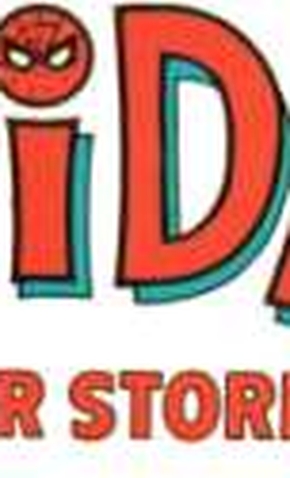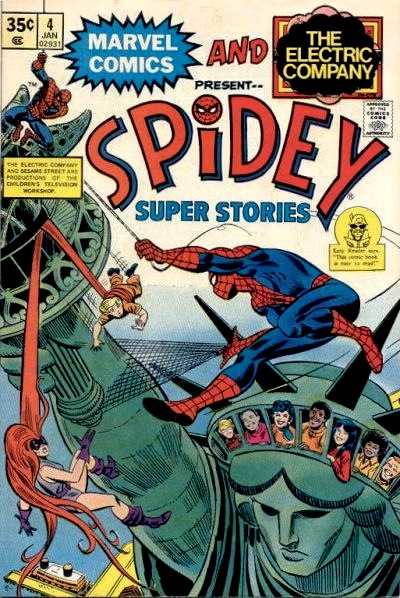


Each comic was reviewed by the staff at Marvel and Children’s Television Workshop. Jean Thomas and Jim Salicrup authored the books with art by Win Mortimer. The companion comic book ran from 1974 to 1982 with 57 issues aimed at the six- to 10-year olds. The television version ran from 1974 to 1977 with 29 episodes. Spidey Super Stories was a four-color spin off of the live-action shorts of the same name airing on the Electric Company.

where he apprehends the heinous hare and all ends well.

Spider-Man takes a train to Washington D.C. Ol’ Web Head deduces her next move will be to ruin the annual Easter Egg Roll on the White House lawn. Grab it all and seed it well.Īll thanks to original scanners and uploaders.So scarred was she that she, “…turned to a life of crime…stealing from kids’ Easter Baskets.” Guest heroes included Iron Man (on several occasions), Captain America, Doctor Strange, Shanna the She-Devil, Nova, and Captain Britain guest villains included the Green Goblin, the Blizzard, Jack O'Lantern, and even Thanos. Most of these stories would feature quick origins, usually taking up a single page or less, of both the featured hero and villain. This served to introduce other Marvel characters to new readers who were unfamiliar with the company's characters prior to seeing Spider-Man on The Electric Company. A truncated version also appeared in The Electric Company Magazine.Įvery issue of Spidey Super Stories featured at least one story where Spidey would team up with an established Marvel Comics superhero to fight an established Marvel villain. During the early years, a comic-book version of one of The Electric Company Spidey skits was included. A total of 57 issues were produced, written by Jim Salicrup. From 1974 to 1982, Marvel Comics issued a comic book called Spidey Super Stories, which was aimed at children ages 6â�ï¿❑0.


 0 kommentar(er)
0 kommentar(er)
